Last month, on February 4, 2017, more than three-quarters of the nearly 20 million eligible voters in the Indian province of Punjab cast their ballots for the state assembly. Three parties are in the fray: a coalition of the ruling parties at the state and national levels (the Akali Dal and the BJP), the main national opposition party (Congress), and a new party whose signature issue is anti-corruption (Aam Aadmi). The results will be announced next week.
Forget why it should take five weeks to count 15 million votes. Think for a moment about what’s at stake. What’s being decided is the future of a state that once was the brightest star in India’s firmament. The Akali Dal and the Congress Party have governed Punjab for decades. Since 1980, Punjab has slid from the top of the economic charts to the middle. The question is whether Punjab will keep sliding or start to climb.
To figure out what to do, Punjab’s next chief minister should talk with economists Lakhwinder Singh and Nirvikar Singh. Lakhwinder teaches at Punjabi University in Patiala and Nirvikar at the University of California in Santa Cruz. They’ve just published an edited volume on Punjab: Economic Transformation of a Developing Economy.
The subject is the economy of a state that was home to one of the most successful attempts to modernize agriculture, foster growth, and eradicate poverty. The articles in the book—written by distinguished scholars—span the structural transformation of its economy, the education and health of its people, the fiscal policies of the state government, and the relations between the state and India’s central government. The book concludes with reflections on how Punjab’s economy can again be made vibrant.
Rapid rise
I learned a lot about Punjab (my home state) and about economic development from the book. I learned how irrigation in the state was extended from less than half of farmland at India’s Independence in 1947 to 98 percent by 2010 (in India’s Jharkhand state this number is 10 percent). I learned how 100 percent of Punjab’s wheat and rice farmers now use high yielding varieties, and how chemical fertilizer use per acre increased six-fold during the last five decades. I learned how the intensity of cropping increased from 125 percent in the 1960s to almost 200 percent today, how the share of wheat and rice has grown from half to more than three-quarters of cropped area while their yields have more than doubled since the 1970s. I learned how even as Punjabi agriculture became less diversified, these benefits have accrued to small farms as much as the large.
In short, I learned how Punjabi farming quickly became modern. By the year 2000, Punjab’s share in India’s procured wheat and rice was more than half. With less than 1.5 percent of India’s land area, Punjab had become India’s granary.
Then agricultural expansion slowed. Growth rates of agricultural output fell by half between 1970 and 2010—from 5 percent to about 2.5 percent annually. But industrial growth picked up a bit from less than 7 percent to more than 8 percent. The state’s GDP grew by more than 5 percent decade after decade, slowing down only slightly during the turbulent 1990s when Punjab was wracked by civil violence. Today, agriculture is about a third of the state’s GDP, down from more than half in the 1960s. Industry’s share of GDP is up from less than 13 percent to 23 percent. Services have grown more slowly, but they haven’t really been a drag. In 1971, agriculture employed 63 percent of Punjabi workers; by 2011, this was 36 percent. Conversely, the share of services has grown from 26 percent to 54 percent. With sustained investments in education, health, and infrastructure, literacy rates increased from 35 percent in 1971 to 77 percent in 2011. The infant mortality rate fell from more than 100 per thousand to less than 40.
Steady slide
By the mid-1980s, Punjab’s per capita output was the highest in the land. Since then, India’s economic growth picked up, and Punjab started to slip. By 2012, six states—Maharashtra, Haryana, Gujarat, Himachal Pradesh, Kerala, and Tamil Nadu—had overtaken Punjab. To understand the reasons for this, it helps to start by looking at investment-to-GDP ratios in Punjab and in the rest of India. In 1980, at about 15 percent, this ratio was about the same. By 2010, it was 38 percent in India but still 15 percent in Punjab. Punjab is not nearly the best place for investors.
Why has Punjab become sluggish during the last two decades? Some of the answers lie in agriculture. There are three things farmers need: land, water, and credit. Punjabi farmers face distorted markets for each. Punjab’s tenancy laws need to be reformed so that land can be leased with less worry. Massive fuel subsidies distort crop choices—making paddy more profitable and thwarting government efforts to diversify crops. Despite some improvement in access to bank credit, many farmers still rely on informal credit markets, paying onerous interest rates of 25 percent to 30 percent and sometimes committing suicide to escape the humiliation of bankruptcy.
But the answers lie mainly outside farming and agriculture policy. Nirvikar puts it succinctly:
“… focusing on reviving or transforming agriculture will not be the solution to the problem of Punjab’s economy. That is not to say that agriculture should be neglected. Indeed, the current patterns of production will lead to disaster in as little as a decade. So it is certainly the case that Punjab’s agriculture needs to be reoriented away from a doomed role as India’s breadbasket: This will involve attention to issues such as credit markets, agricultural extension, supply chain infrastructure, water-saving technologies, and much more. But these are defensive measures that will be too small and too slow to halt environmental disaster and its attendant possibility of social disruption. Nor will they provide the transformation that Punjab’s economy needs to continue growing and absorbing labor.”
Like Nirvikar, I believe that an important precondition for Punjab’s development is greater investment in human capital, from basic schooling to higher education, especially for girls. More attention has to be given to fiscal policy, so that space can be created for investments in infrastructure. Policy researchers have to examine the details of how the government can create a friendlier business environment, so that Punjab doubles its investment to GDP ratio. To do all this, Punjab will have to rein in corruption among government officials. Punjabis have to quickly find a way to prohibit the rampant conflicts of interest where elected officials simultaneously own transportation, health and other businesses, regulate private enterprise, and administer public finance.
Important insights
Punjab is a great case study for at least three reasons. The state has shown not just how agriculture can be modernized quickly, but also the dangers of staying too long with agriculture as the leading edge of development. It has demonstrated the poverty reduction and improvements in living standards that come from large increases in productivity, but also the social and environmental risks that rapid economic transformations bring in their wake. And Punjab has shown that development outcomes can improve even as government services deteriorate, but also the limits to these improvements unless governance is made benign.
So it matters a lot who wins on March 11, 2017. But Punjabis should take heart: They provide an inspiring example of the resilience of private enterprise to all types of adverse shocks—those no fault of their own, and those that are self-inflicted.
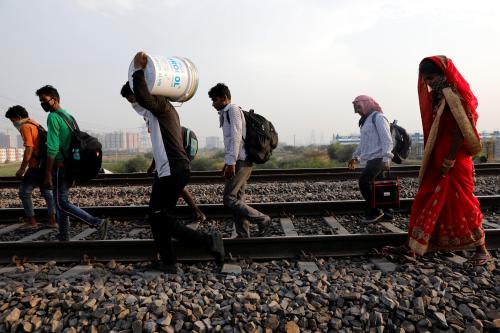
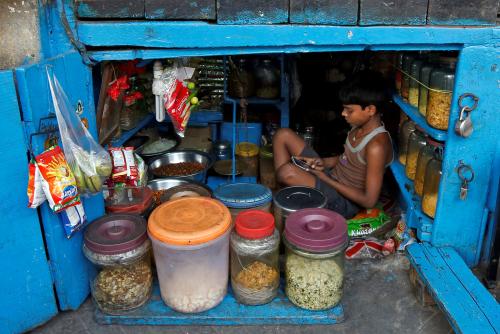
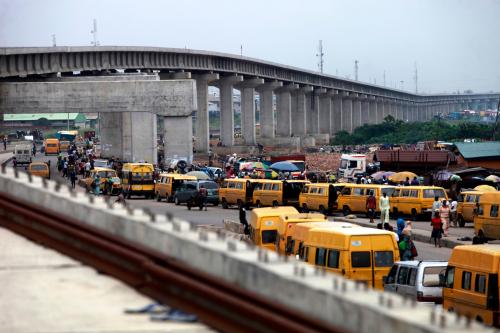
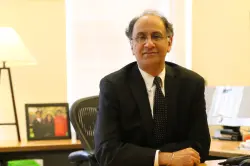

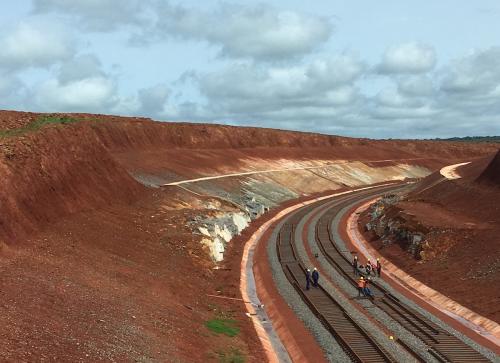

Commentary
What’s in store for India’s Punjab?
March 3, 2017